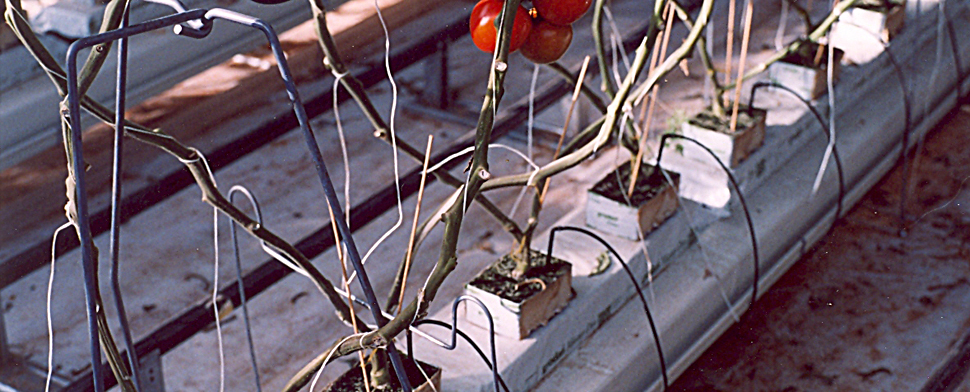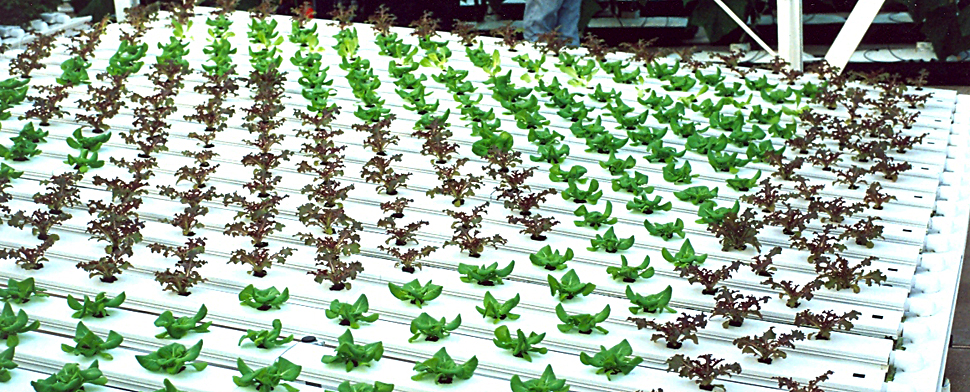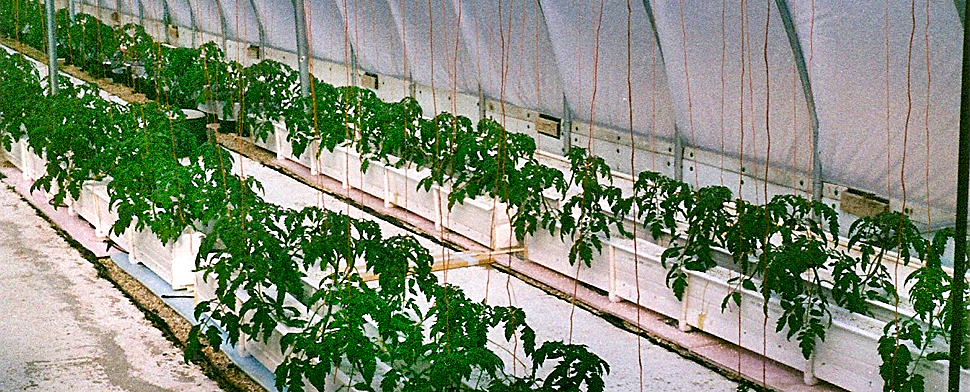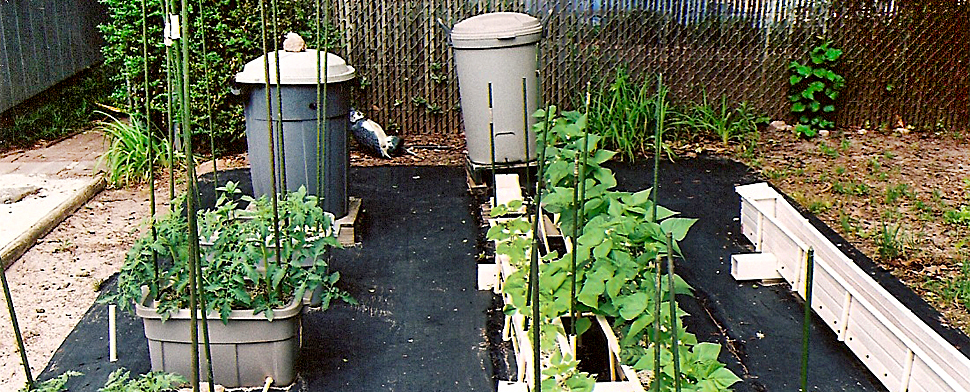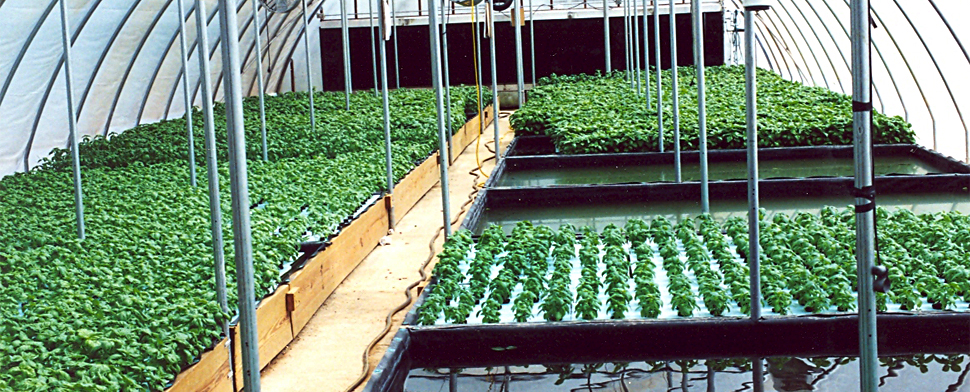Workshop on Challenges in Vertical Farming
This one-day workshop was held on Wednesday, January 26, 2012 at the Marriott Inn & Conference Center at the University of Maryland University College, East Hyattsville, MD. The workshop program and biographies of the 16 speakers can be found at the website: www.challengesinverticalfarming.org. It was not clear whether the proceedings of the workshop will be published.
The most interesting presentations were given by the Director (Emmanuel Pratt) of the Sweet Water Foundation located in Chicago, IL, the manager (Jenn Nelkin) of the Gotham Greens production greenhouse in New York City, the President (Ed Harwood) of the Aero Farms that has growing units in operation or under construction at 4 locations in the United States and 2 in the Middle East, a representative (Daniel Schubert) of the German Aerospace Center, and a research scientist (Shigeharu Shimamura) from the Plant Factory located in Japan. Gertjan Mesus gave an interesting talk on the “seven misconceptions about vertical farming.”
The more informative portions of the workshop were the 2 Panel discussions, the Panel members being the speakers at the morning and afternoon sessions, respectively. Questions dealt with zoning and government regulations, building codes, construction and maintenance costs, available financial resources, product marketing, and the education of the general public and potential workers in urban agricultural enterprises. Involving both government leaders and business entrepreneurs in urban agricultural projects has been found to be a major challenge. In the United States, most cities and counties have restrictive ordinances that do not allow for agricultural enterprises within city or county limits.
The primary crops being grown in either current or proposed vertical growing systems were lettuce, leafy greens and herbs, crops that generate little or no waste. The nutritional value of these produced products was questioned, some suggesting that the nutritional value of that being grown traditionally in soil is not different from that produced hydroponically, although there is the possibility of altering the nutritional value for plants being grown hydroponically. Few of the speakers mentioned that other crops could be grown successfully, that would be determined by design characteristics of the vertical farm structure, cost considerations and market demand. Today, low shipping costs allow for the movement of food products over great distances at prices competitive with locally produced food products.
The current and proposed hydroponic methods for growing were either aeroponics or the Nutrient Film Technique (NFT). Several discussed the use of aquaponics, combining fish and plant production in re-circulating growing systems. Although water was mentioned as a potential limiting factor, now and in the future, both the aeroponic and NFT hydroponic methods are wasteful in terms of water use and require treatment of the nutrient solution before re-circulation. No information was given by the speakers as to nutrient solution formulations or their use factors.
Most of the growing systems described used LED lamps as the light source, although some are using other lamp types rather than natural sunlight. The primary cost for an enclosed (sunlight excluded) growing system is that for electrical power with efficiency of the growing system being measured in terms of pounds of produced product per kilowatt-hours of electrical power consumed. Various figures were given based on the initial lamp and operating costs, related back to generated product yield. No one discussed cost-benefit ratios for their designed growing systems, and whether income would be sufficient to cover operating costs as well as provide return on investment. Jenn Nelkin did say that Gotham Greens was generating sufficient income to cover operating as well as investment costs, a “vertical farm” being a multiple-bay glass-covered greenhouse placed on the roof of a parking garage.

